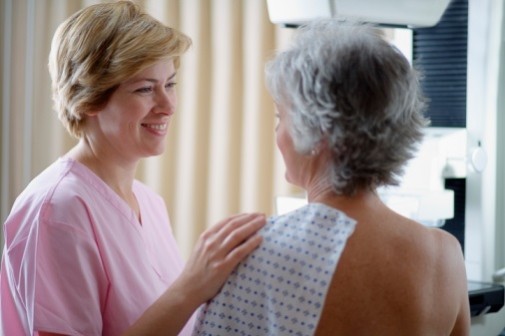3D mammograms to be covered by insurance in Illinois
Gov. Bruce Rauner recently signed a new law that will require all insurance companies to cover 3D mammograms in Illinois beginning July 1, 2016. Medicare has already started covering 3D mammograms, and the intent of the law is to require all private insurance companies to follow their lead.
“This is a medically proven screening method that increases detection rates and because of its sensitivity, helps reduce unnecessary call backs during an already stressful time,” said State Sen. John Mulroe (D – 1oth District), chief sponsor of the bill, in a press release. “It is a good practice to keep the medical industry moving forward when the technology is available.”
A 3D mammogram takes just a few seconds longer than a traditional 2D mammogram, but the image radiologists see is different. The images from a 3D mammogram look like the pages of a book, allowing physicians to see through the layers of the breast to diagnose potential problems more quickly. Previous technologies only took a single dimension view of breast tissue.
Also know as tomosynthesis, 3D mammograms have shown to reduce the number of false positive results and detect more invasive forms of breast cancer. This can also help detect the cancer at an earlier stage.
Patients with heterogeneously dense breast tissue – more than half of their breast tissue is considered dense – especially benefit from 3D mammography, experts say. That’s because the technology converts digital images into “slices,” or very thin layers 1-millimeter thick, thus producing details that might have been hidden in a 2D image.
“Although breast tomosynthesis is advantageous in women with heterogeneously dense breast tissue, we have found that the technology has improved cancer detection rates across all breast density categories,” says Dr. Sonya Bhole, radiologist at the Caldwell Breast Center at Advocate Lutheran General Hospital in Park Ridge, Ill. “Tomosynthesis has helped us find suspicious lesions that would have otherwise been occult on conventional 2D mammography.”
The American Cancer Society recommends screening mammograms for women starting at age 40. For those under 40, discussing family health with their doctor can help to determine when to schedule a first mammogram.


















